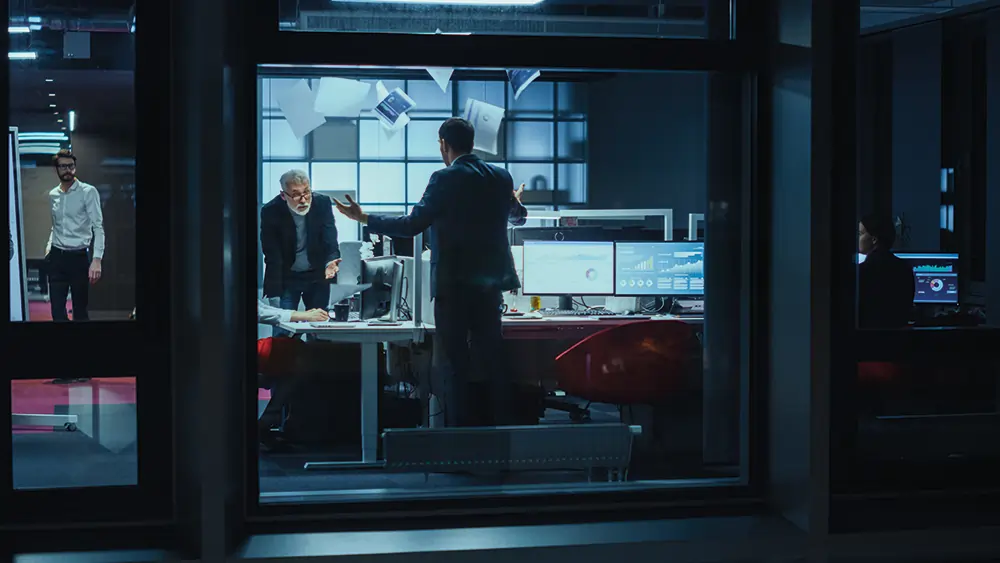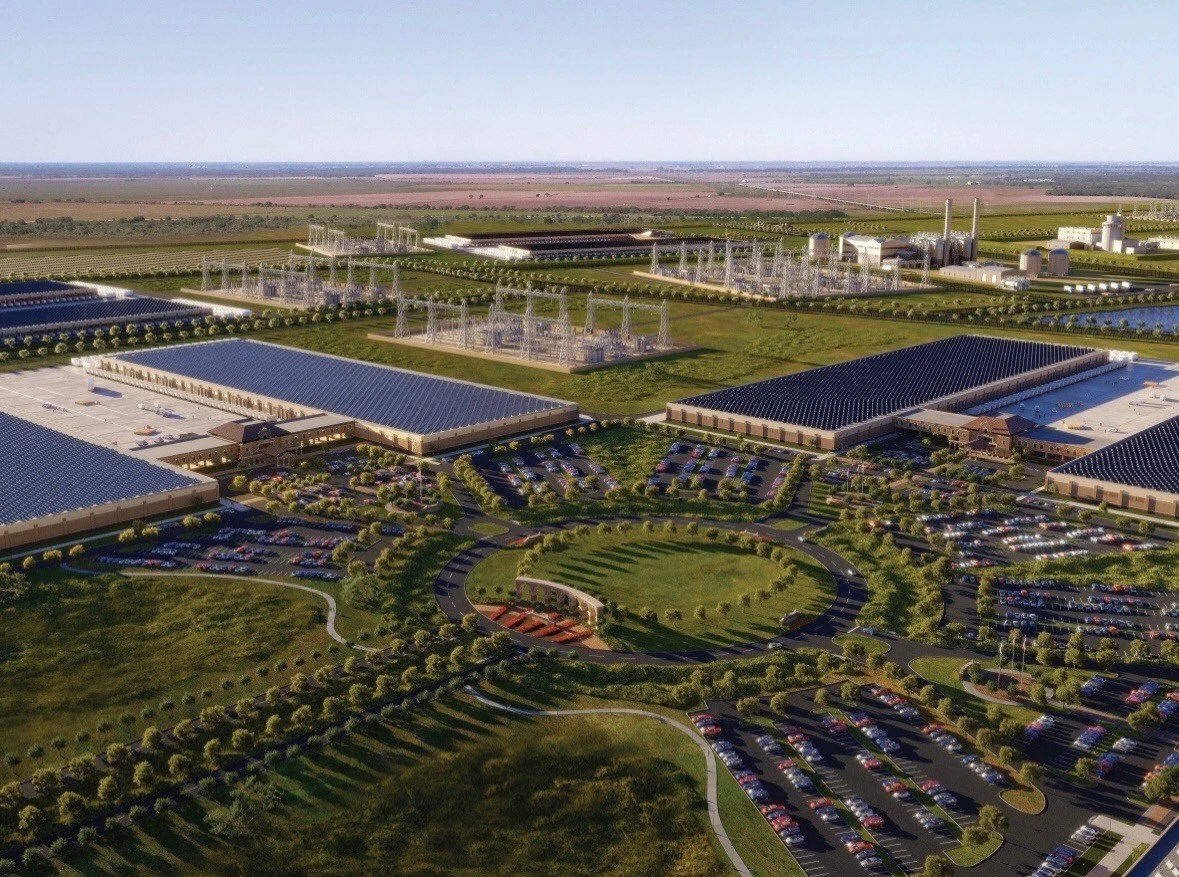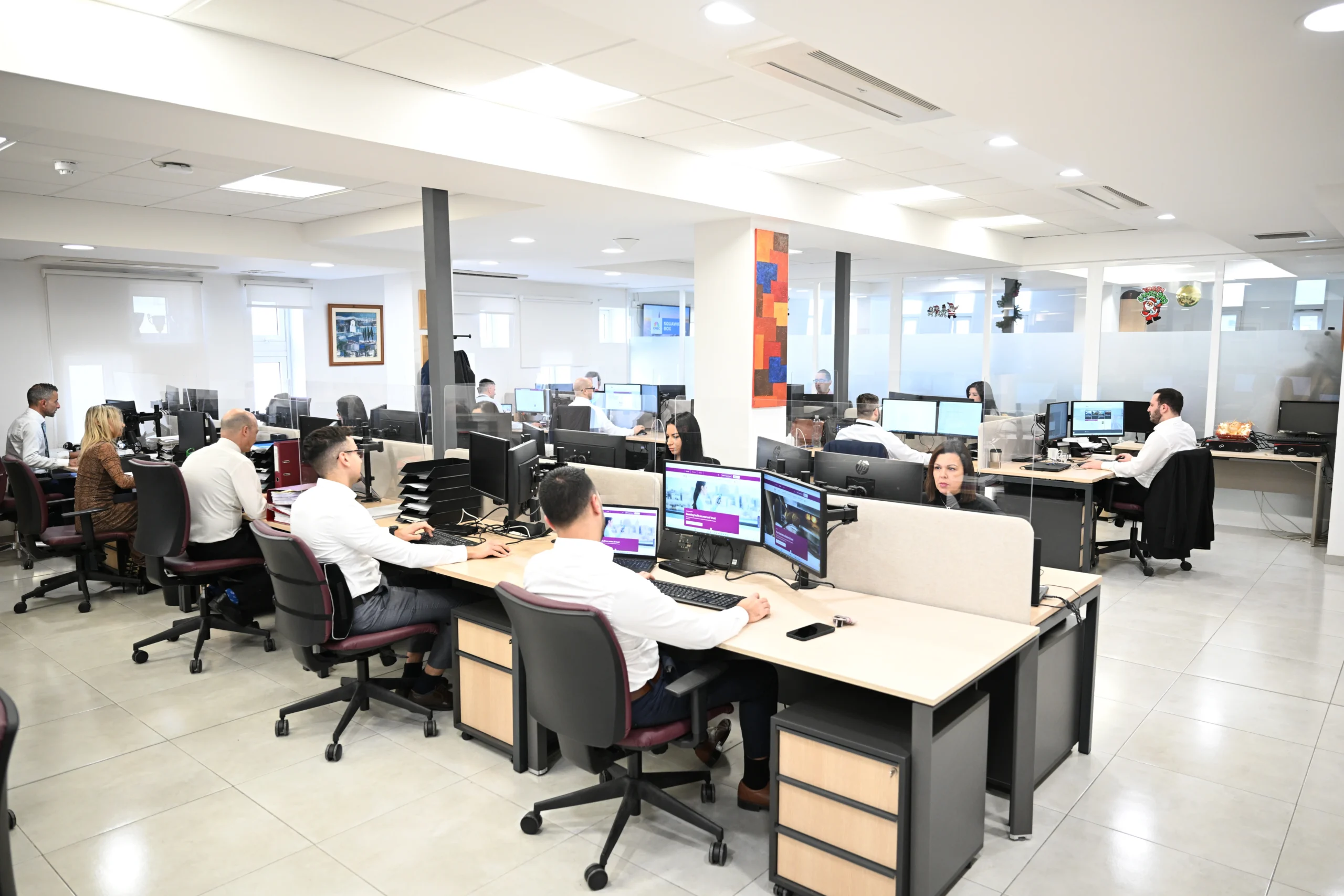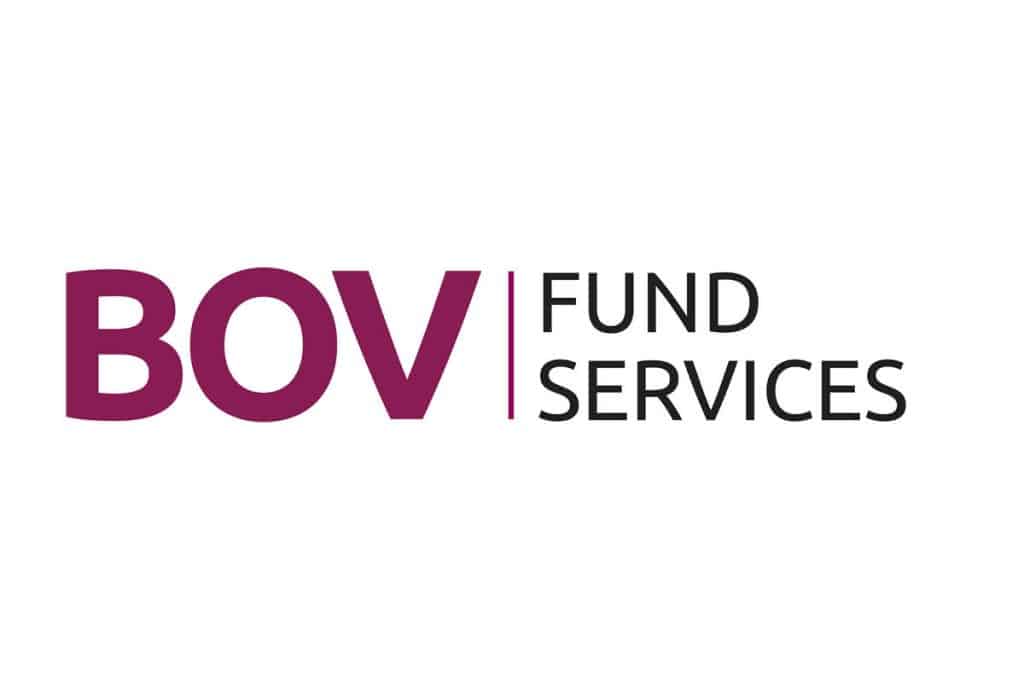Yesterday’s office will no longer do

John E. Kaye
- Published
- Banking & Finance, Home, Uncategorized

If workers are to be forced back to the commute, it’s important that financial services firms create office spaces they want to return to, says Julian Broster of Apogee Corporation
The rush back to the office is gathering pace for the financial sector. Industry giants including JP Morgan, BlackRock and Goldman Sachs are now mandating that their employees travel to their premises at least four days a week. This looks set to drive similar work practices across the wider sector. While we may not see the same kind of shift across other industries, it’s a clear statement of intent from fast-moving financial markets that they want in-person collaboration to return.
However, in the post-pandemic world of today, it’s likely to be a move that proves unpopular with some employees. The Financial Services Skills Commission reveals that half (50%) of employees would like to continue to work in a flexible manner. Therefore, there will likely be an element of resistance against a return-to-the-office mandate, with staff having become used to remote or hybrid models. Additionally, environmental, social or governance (ESG) objectives may suffer from a return to office environments that play host to a revival of mass printing tasks.
As organisations plan for a 4/5 on-site working week, combining the advantages of office collaboration with flexible working arrangements will prove to be a tricky balance to strike. What can organisations do to enable a smart, sustainable and commute-worthy office space for their employees?
Smart office spaces
Working practices have seen a major shift since the start of 2020. Particularly in the financial services sector, where innovation is king, no business should expect their staff to happily return to the outdated office cubicles of old or tolerate inefficient technological tools. Today’s workforce demands “smart” offices that seamlessly integrate digital and print platforms, underpinned by secure cloud technologies and streamlined document workflows. Embracing this evolution is key for empowering employee efficiency, helping organisations to engage and ultimately retain top talent.
If organisations make the move of requiring on-site work, they will need to prioritise improvements in their physical spaces. This involves implementing agile workspace designs that accommodate a variety of working styles, enabling employees to seamlessly transition between collaborative sessions, focused work, and virtual meetings with geographically dispersed teams. But creating a truly smart office goes beyond adding a few “breakout” spaces or mere cosmetic adjustments. With many employees now finding that their homes are significantly smarter than the offices they left behind at the start of the pandemic – with much more intuitive and connected technology – organisations must win back their workforce by providing the frictionless, dependable digital experiences they have grown accustomed to in their personal lives.
Businesses with their finger on the pulse have already made use of interactive office-based technologies to enable instant connectivity. This not only speeds up and streamlines traditionally frustrating processes like booking meeting rooms, but also supports greater collaboration among colleagues and other stakeholders, both inside and outside the office. With recent research by Zippia finding that improved workplace collaboration and communication can reduce employee turnover rates by up to 50%, businesses can inspire staff to do their best work in the office by implementing audio and video conferencing systems – supported by microphones, speakers, imaging units, TVs and interactive whiteboards – to maximise productivity and engagement.
Employees at the heart
Employee wellbeing is also becoming more dependent on technology deployments. For example, a study by Apogee reveals that poor digital collaboration is causing almost a third of employees to feel “frustrated” and “isolated” as they struggle to fulfil their job responsibilities both in the office and at home. With technology increasingly making or breaking the bond between businesses and their employees, any finance firm returning to a predominantly office-based model must prioritise tackling this core challenge. Embracing digital collaboration tools will not only bridge physical gaps but also nurture a cohesive and productive office environment, reinforcing the employee-centric experience during this time of transition.
Bringing workers back to the office will be a cultural transformation for some financial services organisations. Open and transparent communication is crucial to alleviate any employee concerns and rally support for the new office model. Companies must clearly explain the reasons behind the mandate, highlighting the value of in-person interactions, skill development, and innovation that arises from direct peer collaboration.
Supporting sustainability
There are also other considerations for financial firms. As champions of ESG principles, for example, many institutions are entrusted with guiding other industries towards more sustainable and responsible practices. The construction industry is facing particularly stringent regulatory and compliance pressures around ESG when it comes to sales and purchase, while public sector procurement processes increasingly hinge on questions of “social value”. With 70% of employees now identifying sustainability programmes as a priority when evaluating job options, how can financial services firms reconcile the ESG ideals they advocate with the return to paper and resource heavy office environments?
It’s now up to the finance sector to set the standard moving forward. Businesses can drive forward sustainability measures within their own four walls, whether by leveraging energy-efficient technologies, adopting high-quality refurbished devices that sustain the circular economy, or embracing tech-based reforestation platforms that turn paper footprints into trees. Such practices will not only reinforce their credibility as ESG influencers but also inspire their employees and the industries they advise to walk the same path.
The workplace of the future
Return to office requirements need more than just logistical considerations. When implemented in the right way, it gives financial companies the opportunity to introduce a new way of working, combining the collaborative benefits of shared spaces with sustainable advantages and flexibility for the modern worker. The responsibility sits with businesses to create working spaces that match the needs of the workforce today. Smart environments can be developed thanks to intuitive solutions, collaborative tools and environmentally friendly implementations. Offices can become hubs that employees will want to travel to.
About the Author

Julian Broster is VP of Strategic Business Development at Apogee Corporation.
Sign up to The European Newsletter
RECENT ARTICLES
-
 Fermi America secures $350m in financing led by Macquarie Group
Fermi America secures $350m in financing led by Macquarie Group -
 Banchile Inversiones receives three prestigious international awards
Banchile Inversiones receives three prestigious international awards -
 What makes this small island one of the world’s most respected financial hubs?
What makes this small island one of the world’s most respected financial hubs? -
 MauBank wins international award for tackling barriers to finance
MauBank wins international award for tackling barriers to finance -
 ‘It’s like a private bank but with retail rates’: Inside Jersey’s mortgage market for new high-value residents
‘It’s like a private bank but with retail rates’: Inside Jersey’s mortgage market for new high-value residents -
 How one fintech is using AI to fix Latin America’s broken mortgage system
How one fintech is using AI to fix Latin America’s broken mortgage system -
 Why the humble trading journal could be your edge in volatile markets
Why the humble trading journal could be your edge in volatile markets -
 The smart way to structure family wealth: Why Liechtenstein funds are in demand
The smart way to structure family wealth: Why Liechtenstein funds are in demand -
 How market concentration is creating new risks and opportunities
How market concentration is creating new risks and opportunities -
 Staying the course in an unpredictable market
Staying the course in an unpredictable market -
 Decision-making factors when establishing a foundation
Decision-making factors when establishing a foundation -
 Why the British Virgin Islands remains a top destination for global business
Why the British Virgin Islands remains a top destination for global business -
 Malta’s growing appeal as a financial services domicile
Malta’s growing appeal as a financial services domicile -
 Matthieu André on AXA IM Select’s award-winning approach to multi-manager investing
Matthieu André on AXA IM Select’s award-winning approach to multi-manager investing -
 A legacy built on trust
A legacy built on trust -
 U.S voters slam economy as ‘on wrong track’ — but back skills revolution, poll finds
U.S voters slam economy as ‘on wrong track’ — but back skills revolution, poll finds -
 Liechtenstein financial centre: A safe haven in uncertain times
Liechtenstein financial centre: A safe haven in uncertain times -
 Why biotech incubators need our support
Why biotech incubators need our support -
 Equiom: Tax analysis expertise par excellence
Equiom: Tax analysis expertise par excellence -
 Exempt schemes for entrepreneurs, businesses and investors
Exempt schemes for entrepreneurs, businesses and investors -
 Capital International Bank: The bank doing things differently
Capital International Bank: The bank doing things differently -
 Slowmad Malta: Where digital nomads meet island life
Slowmad Malta: Where digital nomads meet island life -
 BOV Fund Services Limited wins in The European Banking & Finance Awards 2024
BOV Fund Services Limited wins in The European Banking & Finance Awards 2024 -
 How AI is revolutionising entrepreneurial finance
How AI is revolutionising entrepreneurial finance -
 TISE reports double digit listings growth and new records in 2024
TISE reports double digit listings growth and new records in 2024


























